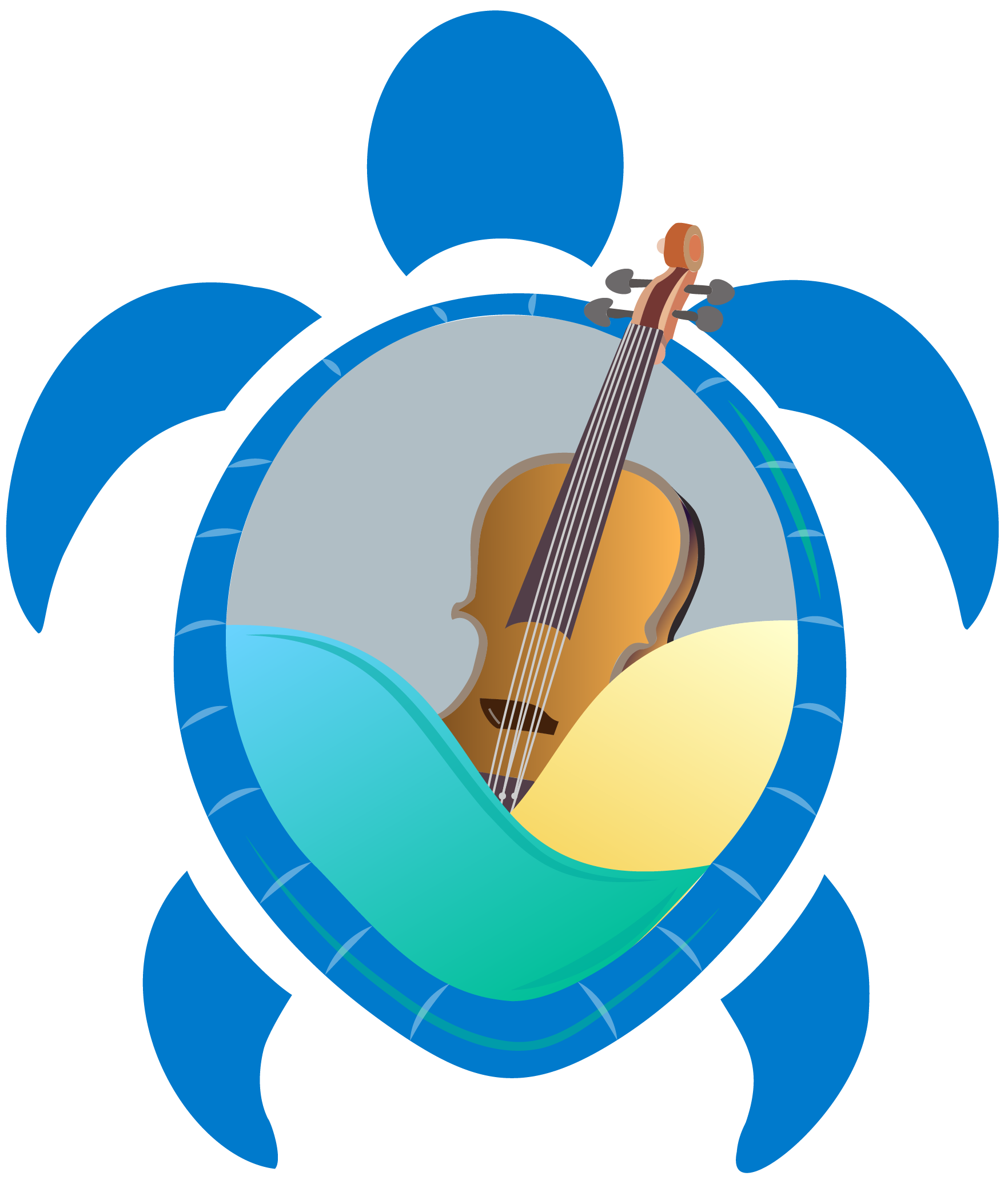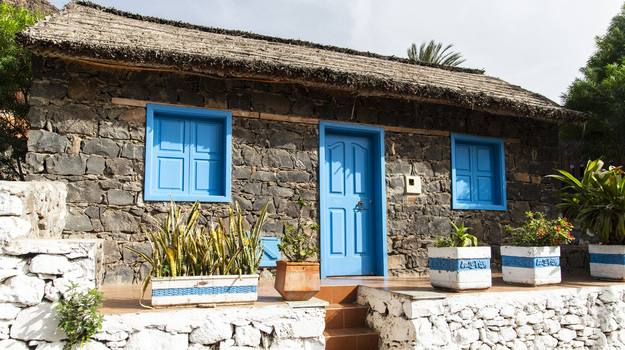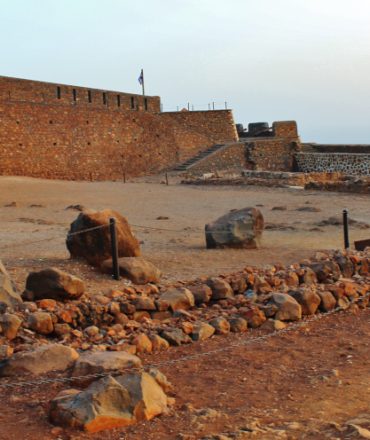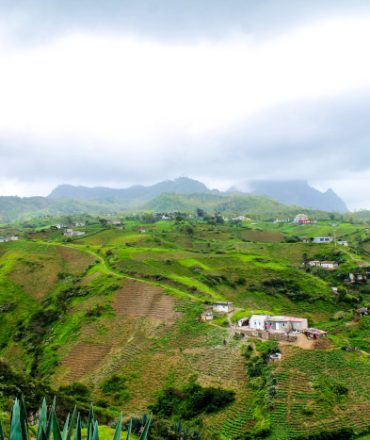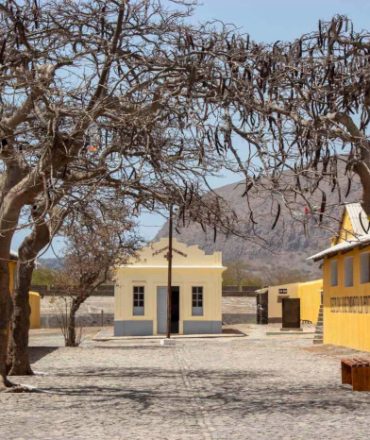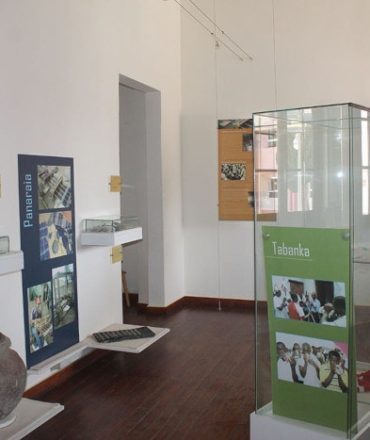Découvrez l'île de Santiago : Le joyau caché du Cap-Vert dans l'Atlantique
Salut, amis vagabonds ! Vous êtes prêts à découvrir un coin de paradis qui se cache à la vue de tous ? Attachez vos ceintures, car SodadeTour s'apprête à vous emmener sur l'île de Santiago, le joyau de la couronne du Cabo Verde (comme l'appellent les locaux) !
Qu'est-ce qui rend l'île de Santiago unique dans l'archipel du Cap-Vert ?
Vous êtes-vous déjà demandé ce qui distingue Santiago de ses îles sœurs ? Plongeons-y !
Explorer la plus grande île du Cap-Vert
Santiago est le grand kahuna de la famille capverdienne, s'étendant sur 991 kilomètres carrés. Elle abrite plus de la moitié de la population du pays et offre une tranche de chaque expérience capverdienne. Que vous soyez amateur d'exploration urbaine ou d'aventures hors des sentiers battus, Santiago a tout ce qu'il vous faut.
L'île présente un mélange de centres urbains et de villages ruraux, offrant une riche palette d'expériences. La capitale, Praia, est un centre animé avec ses marchés, ses restaurants et sa vie nocturne. En revanche, les zones rurales offrent des paysages tranquilles et des modes de vie traditionnels.
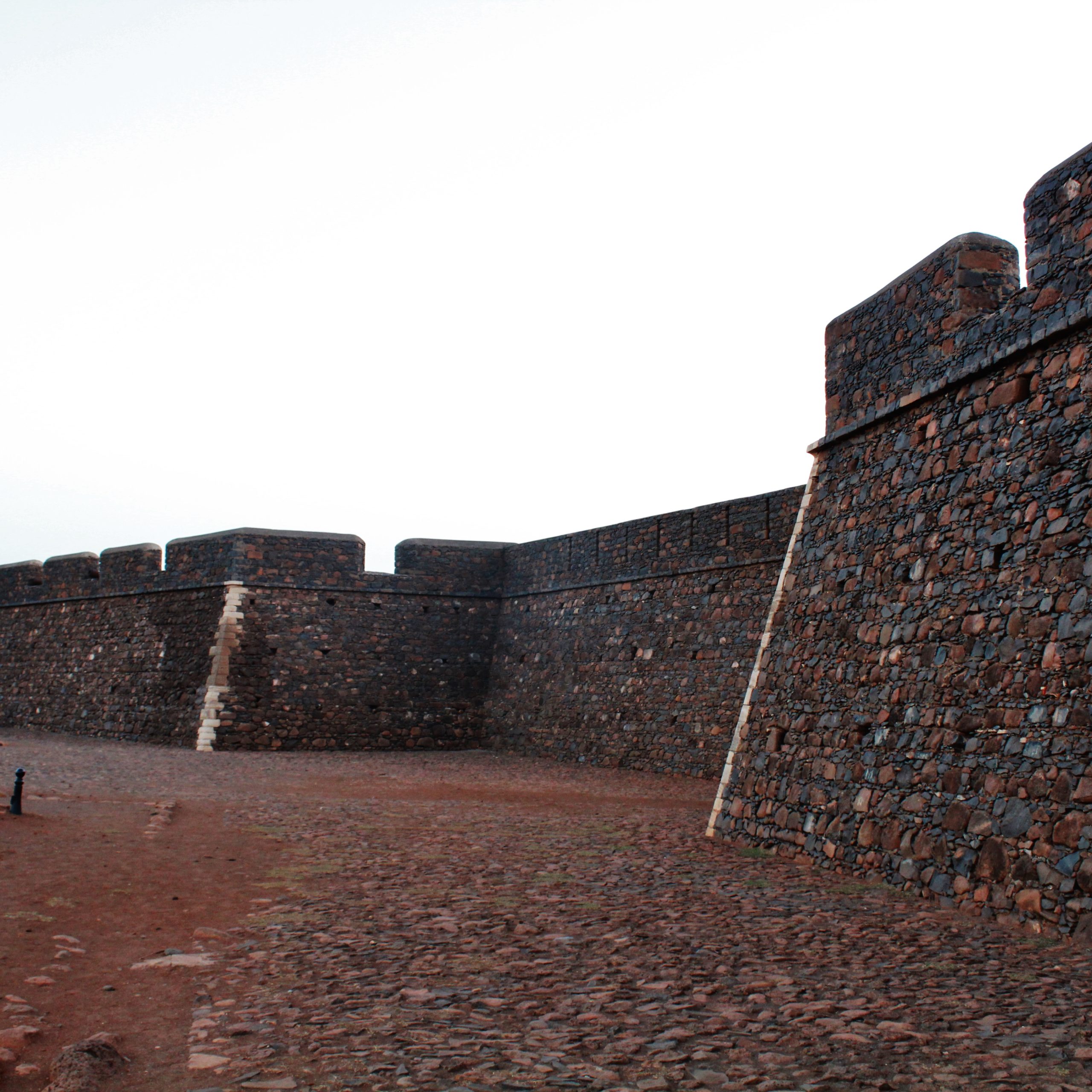
Découvrir la riche histoire et la culture du Cap-Vert
Entrez dans un livre d'histoire vivant ! Des vestiges de la colonisation portugaise aux vibrantes traditions cap-verdiennes, c'est une fête culturelle pour les sens. Ne manquez pas Ribeira Grande de Santiago, la première capitale du Cap-Vert.
Imaginez marcher dans les rues pavées que les colons portugais et les esclaves africains ont jadis foulées. Essayez cachupaun ragoût copieux qui est comme une étreinte chaleureuse pour vos papilles gustatives ! Et parlons musique - la mélodieuse musique du Cap-Vert morna et optimiste funaná sont nés ici, à Santiago.
La richesse culturelle s'étend au-delà de la nourriture et de la musique. Les festivals tels que le carnaval et le festival de Gamboa mettent en valeur les danses traditionnelles, les costumes colorés et la joie collective. En rencontrant les habitants lors de ces événements, vous aurez un aperçu authentique de leur mode de vie dynamique.
Des paysages variés : Des plages au parc national de la Serra Malagueta
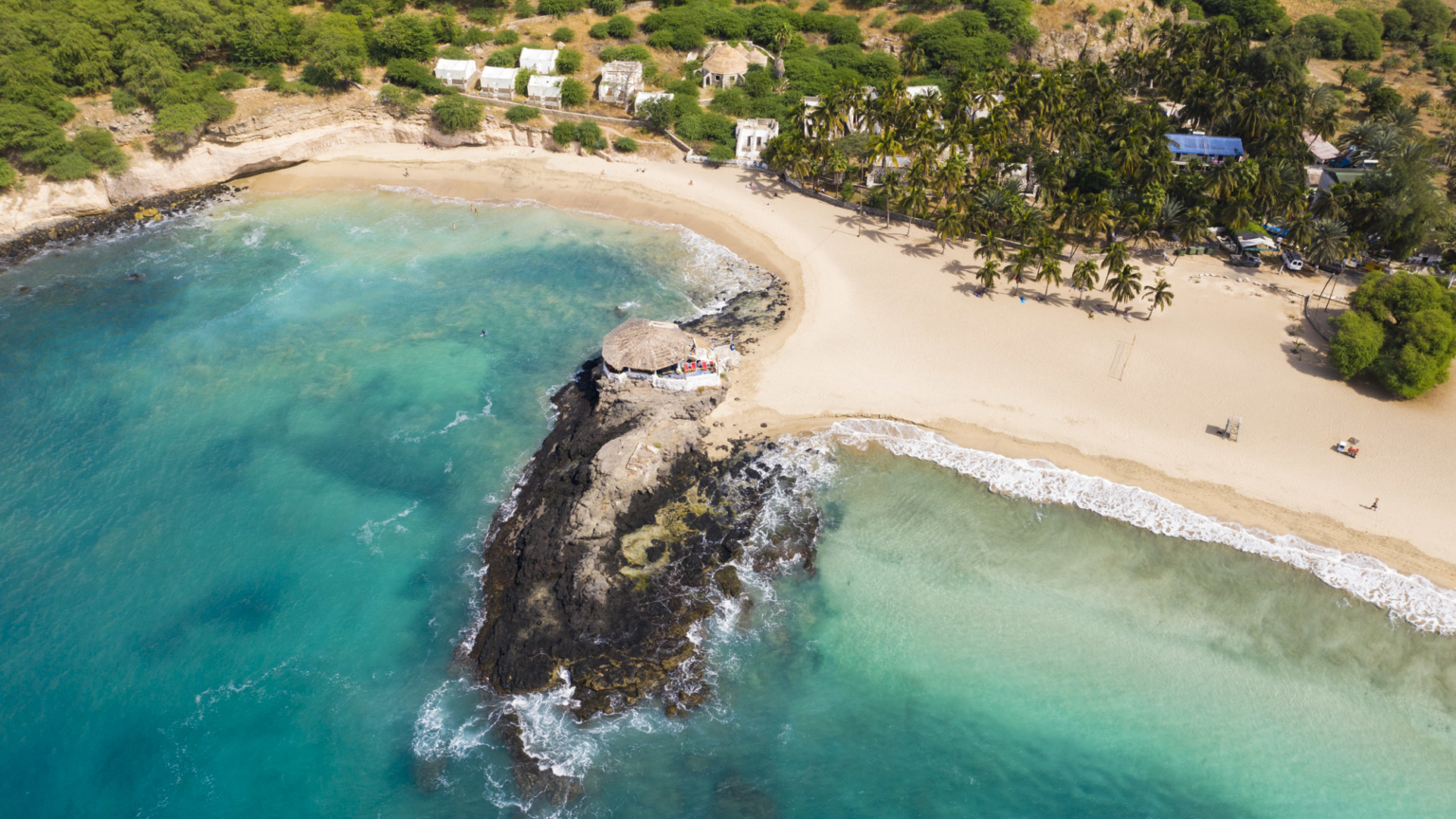
Un instant, vous vous prélassez sur la plage de Tarrafal, l'instant d'après, vous faites une randonnée dans la Serra Malagueta. Commencez votre journée par un lever de soleil à la Praia de São Francisco, parcourez les vallées luxuriantes de Ribeira Seca à la mi-journée et terminez par un coucher de soleil depuis le Monte Tchota, le plus haut sommet de l'île.
Les amateurs de nature ne manqueront pas le parc national de Serra Malagueta. Il abrite plus de 124 espèces végétales, dont beaucoup sont endémiques au Cap-Vert. Ouvrez l'œil pour apercevoir le rare moineau de Iago ou l'insaisissable fauvette du Cap-Vert !
La géographie de l'île est incroyablement variée, avec des montagnes volcaniques, des collines ondulantes et des falaises côtières. Cette diversité en fait une destination idéale pour les amateurs de plein air qui aiment faire de la randonnée, observer les oiseaux ou simplement profiter de vues à couper le souffle.

Comment se rendre sur l'île de Santiago et où séjourner ?
Options de transport : Vols et ferries pour Praia
Prenez l'avion à l'aéroport international Nelson Mandela de Praia ou le ferry depuis les autres îles du Cap-Vert. SodadeTour peut vous aider à effectuer des transferts en douceur.
Pour faire du tourisme, essayez les vols de découverte de l'île avec Binter CV ou TICV. Vous avez le pied marin ? Les ferries CV Interilhas permettent de voyager lentement et de s'imprégner des vibrations de l'Atlantique.
Voyager entre les îles peut être une aventure en soi. Les trajets en ferry offrent des vues imprenables sur l'océan et permettent de rencontrer d'autres voyageurs.
Les meilleurs endroits pour séjourner : Praia, Tarrafal et Cidade Velha
- Plage: Le cœur urbain. Séjournez dans le quartier du Plateau pour découvrir les bâtiments coloniaux, les marchés animés et la vie nocturne trépidante.
- Tarrafal: Paradis de la plage avec une ambiance décontractée et d'excellents fruits de mer.
- Vieille ville: Site du patrimoine mondial de l'UNESCO. Réveillez-vous avec des vues sur les forteresses du XVIe siècle.
Chaque région offre des expériences uniques qui s'adressent à différents types de voyageurs. Que vous préfériez les environnements urbains animés ou les plages sereines, Santiago dispose d'hébergements adaptés à vos besoins.
Des types d'hébergement pour différents budgets
Des maisons d'hôtes douillettes à São Domingos aux complexes hôteliers de luxe à Praia, SodadeTour a tout ce qu'il vous faut. Essayez les pensions familiales à Assomada pour un séjour économique ou vivez à l'Oasis Atlantico Praiamar à Praia.
Les personnes à la recherche d'expériences luxueuses peuvent opter pour des hôtels de charme offrant des services personnalisés et une vue imprenable sur l'océan. De nombreux établissements permettent également d'accéder facilement aux attractions et activités locales.
Quelles sont les attractions incontournables de l'île de Santiago ?
Explorer Cidade Velha : Un site du patrimoine mondial de l'UNESCO
Visite de l'église Nossa Senhora do Rosário, l'une des plus anciennes églises coloniales du monde. Grimpez au Forte Real de São Filipe pour une vue panoramique et promenez-vous sur la Rua Banana reconstruite.
Conseil de pro : participez à une visite guidée de SodadeTour pour découvrir toutes les anecdotes historiques croustillantes !
Cidade Velha, ce n'est pas seulement l'histoire, c'est aussi une vie de rue animée où les artisans locaux vendent leurs produits. L'atmosphère est animée, la musique résonne dans les rues et les habitants se réunissent pour se rencontrer.
Découverte de la capitale animée de Praia
Commencez par le Mercado de Sucupira pour une surcharge sensorielle de couleurs, d'arômes et de bavardages locaux. Visitez le Museu Etnográfico da Praia pour un cours accéléré sur la culture cap-verdienne. Terminez votre journée à Kebra Cabana sur la plage de Quebra Canela, une caipirinha à la main.
Praia propose également de nombreuses galeries d'art qui présentent les talents locaux et des expositions culturelles qui mettent en valeur le riche patrimoine du Cap-Vert.
Se détendre sur les belles plages de Santiago
La plage de Tarrafal est idéale pour la baignade et la plongée avec masque et tuba. Pour l'isolement, rendez-vous à Praia de São Francisco. Les surfeurs devraient se rendre à la plage de Ponta Negra, près de Cidade Velha.
Les plages ne sont pas seulement des lieux de détente ; elles sont aussi le théâtre de festivals et d'événements locaux qui célèbrent la culture cap-verdienne à travers la musique et la danse.
Quelles sont les activités de plein air que les visiteurs peuvent pratiquer sur l'île de Santiago ?
Randonnée dans le parc naturel de la Serra Malagueta
Le sentier du Posto permet de découvrir des forêts d'eucalyptus et des vues panoramiques. Les randonneurs invétérés peuvent s'attaquer au Pico d'Antónia pour des vues à 360 degrés s'étendant jusqu'à l'île Fogo.
Le parc propose des sentiers adaptés à différents niveaux de compétence, ce qui le rend accessible aussi bien aux randonneurs occasionnels qu'aux trekkeurs sérieux en quête d'aventure.
Sports nautiques et activités de plage à Tarrafal
Essayez le stand-up paddleboard, le kayak ou la plongée avec masque et tuba dans les eaux calmes de Tarrafal. Vous vous sentez aventureux ? Essayez le kitesurf !
Les eaux de Tarrafal regorgent de vie marine ; les amateurs de plongée avec masque et tuba aperçoivent souvent des poissons colorés lorsqu'ils explorent les récifs coralliens situés juste au large.
Explorer le littoral accidenté et les criques cachées
Parcourez les routes côtières en vous arrêtant à des points de vue comme le Miradouro de Serra Malagueta. Faites une randonnée jusqu'au canyon caché et à la piscine naturelle de Ribeira de São João. Ne manquez pas la lagune de Buracona, la piscine à débordement "Blue Eye" de la nature.
Le littoral est parsemé de joyaux cachés qui ne demandent qu'à être découverts ; chaque crique offre des expériences uniques, allant des pique-niques tranquilles aux sports nautiques à sensations fortes.
Comment découvrir l'authentique culture capverdienne sur l'île de Santiago ?
Visiter les marchés locaux et goûter à la cuisine traditionnelle
Marchandez au marché de Sucupira à Praia ou au marché animé d'Assomada. Goûtez à la cuisine de rue comme pastel (pâte frite avec du poisson ou de la viande). Pour une cuisine authentique, rendez-vous dans une "cozinha" locale pour cachupa rica et grogue.
La nourriture joue un rôle essentiel dans la culture cap-verdienne ; le partage des repas permet souvent de nouer des liens plus profonds avec les habitants, qui sont désireux de partager leurs traditions culinaires.
Assister à des événements culturels et à des festivals
Assistez au carnaval en février pour des défilés et de la musique. Assistez à un spectacle traditionnel batuque pour des rythmes hypnotiques et des chants passionnés.
Ces festivals ne sont pas de simples événements ; ce sont des expressions identitaires qui rassemblent les communautés dans la joie et la célébration.
Interaction avec des habitants sympathiques dans les villages ruraux
Visitez São Jorge dos Órgãos pendant le festival de São Jorge (23 avril) pour les processions religieuses et les courses de chevaux. Pratiquez votre "morabeza" (hospitalité locale) - un sourire fait du bien !
Le dialogue avec les habitants permet de mieux comprendre leur vie quotidienne et de nouer des liens qui enrichissent l'expérience du voyage.
Quelles sont les excursions d'une journée que l'on peut faire depuis l'île de Santiago vers d'autres îles du Cap-Vert ?
Visite de l'île volcanique de Fogo
Partez en randonnée sur le volcan actif de Pico do Fogo et goûtez au vin unique de Fogo cultivé sur le sol volcanique.
Fogo offre des paysages spectaculaires qui contrastent fortement avec la verdure luxuriante de Santiago - une excursion d'une journée parfaite pour les amoureux de la nature qui recherchent l'aventure au-delà des côtes de Santiago.
Exploration des plages de sable de Maio
Évadez-vous sur les plages vierges de Maio et à Vila do Maio, où règne une ambiance décontractée. Essayez le kitesurf ou l'observation des tortues (de juillet à octobre).
Maio est connue pour sa tranquillité ; c'est une destination idéale si vous cherchez à vous détendre loin des foules touristiques tout en profitant d'une beauté naturelle intacte.
Découverte des salines de Sal
Flottez dans le cratère de sel de Pedra de Lume avant de vous rendre à la plage de Santa Maria pour y pratiquer la planche à voile.
Les paysages uniques de Sal offrent des possibilités de détente et de sports nautiques exaltants, ce qui en fait une autre option fantastique pour les excursions d'une journée au départ de Santiago.
Quelle est la meilleure période pour visiter l'île de Santiago au Cap-Vert ?
Comprendre le climat et les schémas météorologiques
- Novembre à juillet (saison sèche): Parfait pour les aventures en plein air avec des journées chaudes et ensoleillées (25°C à 30°C).
- Août à octobre (saison des pluies): De courtes averses donnent lieu à des paysages luxuriants ; prévoyez une veste de pluie légère !
La saison sèche est particulièrement appréciée des touristes qui recherchent des aventures ensoleillées tout en évitant les perturbations dues aux pluies pendant les autres mois.
Haute saison touristique et événements locaux
- Les saisons de pointe: Décembre-février et juillet-août.
- Points forts: mai-juin et septembre-octobre.
A ne pas manquer :
- Festival de Gamboa à Praia (mai)
- Carnaval (février/mars)
- Festival de São Jorge (23 avril)
- Festival Tabanka à Assomada (juin/juillet)
Le fait de programmer votre visite en fonction de ces événements vous permet non seulement de profiter du beau temps, mais aussi de vous immerger pleinement dans la culture locale grâce aux célébrations.
Conseils pour éviter les foules et obtenir les meilleures offres
- Réservez avec SodadeTour pendant les saisons intermédiaires pour bénéficier d'un temps magnifique sans touristes.
- Soyez flexible sur les dates de voyage pour obtenir de meilleures offres.
- En milieu de semaine, les attractions sont plus tranquilles.
- Réservez votre hébergement à l'avance pendant les festivals.
- Mangez là où les habitants mangent pour des repas authentiques.
- Utilisez les "aluguer" (minibus partagés) pour un transport moins cher.
- Envisagez les offres forfaitaires de SodadeTour pour réaliser des économies potentielles.
Alors, qu'attendez-vous ? L'île de Santiago est prête à voler votre cœur (et à faire exploser votre fil Instagram). De l'effervescente Praia à la sereine Tarrafal, de l'historique Cidade Velha aux merveilles naturelles de la Serra Malagueta, Santiago a tout pour plaire !
Appelez SodadeTour, et transformons ces vacances de rêve en réalité ! Croyez-nous, votre futur vous remerciera d'avoir visité cette incroyable île du Cap-Vert ! Morabeza vous attend - à bientôt à Santiago !
